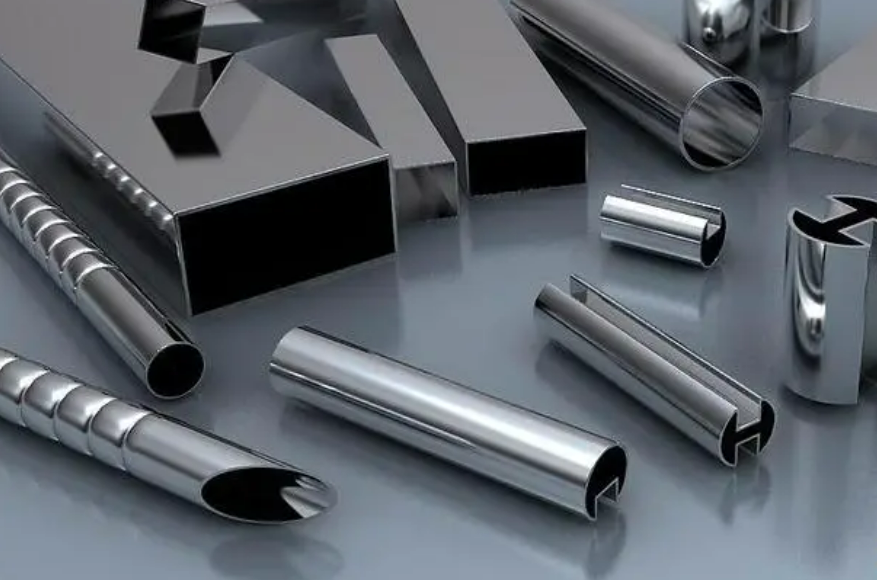Have you ever thought about the differences between the various stainless steel products we use in our daily lives, such as cookware, cutlery, and building materials? The truth is, that the differences between these stainless steel products mainly come from the alloy elements and microstructures they contain. Among them, austenítískt ryðfrítt stál og martensitic ryðfríu stáli are the two most common types. So, what are the differences between these two types of stainless steel? Next, let’s enter the interesting world of stainless steel together and explore the differences between austenitic stainless steel and martensitic stainless steel!

What are the differences between austenitic stainless steel and martensitic stainless steel?
Austenitic stainless steel and martensitic stainless steel are two different tegundir af ryðfríu stáli with distinct characteristics and properties. The main differences between austenitic stainless steel and martensitic stainless steel include:
- Crystal structure: Austenitic stainless steel has an austenite crystal structure, which is a face-centered cubic structure, while martensitic stainless steel has a martensitic crystal structure, which is a body-centered tetragonal structure. This difference in crystal structure gives each steel unique properties.
- Tæringarþol: Austenitic stainless steel has strong corrosion resistance, while martensitic stainless steel has lower corrosion resistance. This is because austenitic stainless steel contains high levels of chromium and nickel, which form a passive oxide layer that protects the steel from corrosion.
- styrkur: Martensitic stainless steels are generally stronger and harder than austenitic stainless steels. This is because they contain higher levels of carbon and less nickel, which gives them a martensitic crystal structure that can be hardened through heat treatment.
- Sveigjanleiki: Austenitic stainless steel is more ductile than martensitic stainless steel, which means it is easier to shape and form without breaking.
- Samsetning: Austenitic stainless steel refers to stainless steel with a stable austenite structure when containing chromium (18%), nickel (8-25%), and C (0.1%). Austenitic stainless steel is non-magnetic, with high toughness and plasticity, but low strength. Austenitic stainless steel grades can be divided into two categories: Cr-Ni (300 series) and Cr-Ni-Mn-N (200 series). Martensitic stainless steel is a hardenable stainless steel, which can be adjusted by heat treatment. The main alloying element of martensitic stainless steel is chromium, and the typical grade is Cr13. However, due to different microstructures and strengthening mechanisms, martensitic stainless steels are divided into precipitation-hardened stainless steels and martensitic age-hardened stainless steels.
Niðurstaða
Þakka þér fyrir að lesa greinina okkar og við vonum að hún geti hjálpað þér að öðlast betri skilning á differences between austenitic stainless steel and martensitic stainless steel. If you want to find more information about stainless steel, we’d advise you to visit Sino ryðfríu stáli til að fá frekari upplýsingar.
As a leading supplier of stainless steel products throughout the world, Sino ryðfríu stáli veitir viðskiptavinum hágæða ryðfríu stáli vörur eins og ryðfríu stáli vafningum, ryðfríu stáli vír, ryðfríu stáli plötumog kolefnisstálrör á mjög samkeppnishæfu verði.
 : +86-18621535697
: +86-18621535697  : export81@huaxia-intl.com
: export81@huaxia-intl.com